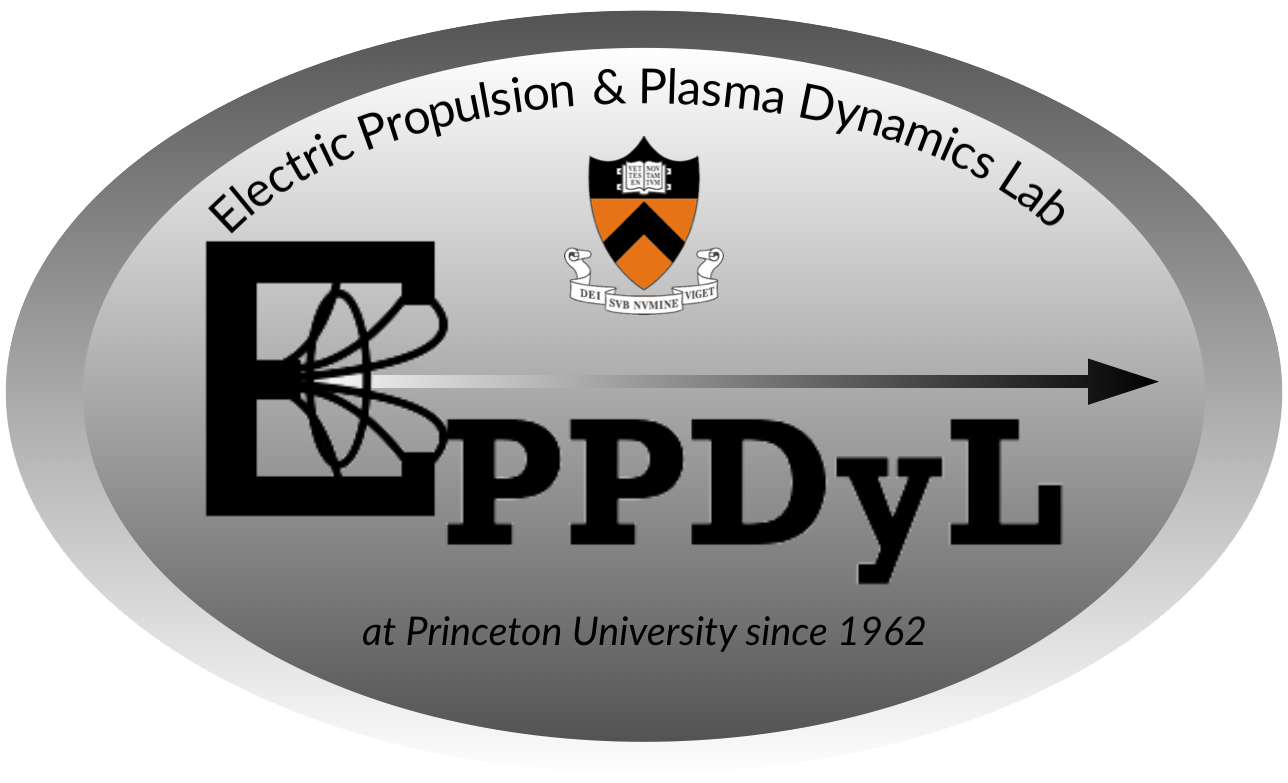Heavy-Cargo Mars Mission Using Near-Term Technology
Download
Heavy-Cargo Mars Mission Using Near-Term Technology
Abstract
A heavy-cargo mission to Mars is investigated to determine the maximum deliverable payload using electric propulsion. In contrast to previous analyses, this work assumes the use of contemporary technology. The spacecraft trajectory is composed of three segments - one at low-Earth orbit and two in the heliocentric frame. The total payload mass is maxi- mized as a function of thrust steering angle and thrust and coast durations. This electric propulsion mission is compared to a similar chemical propulsion mission; both start at low- Earth orbit with an initial mass of 23 metric tons. In the range of 100 to 400 kW of input power, the travel time for electric propulsion is found to be 1.4 to 2.8 times longer than that for chemical propulsion. Depending on whether or not the power supply is included in the payload, the electric propulsion mission delivers a maximum of 1.9 to 2.5 times the mass deliverable by chemical propulsion.
